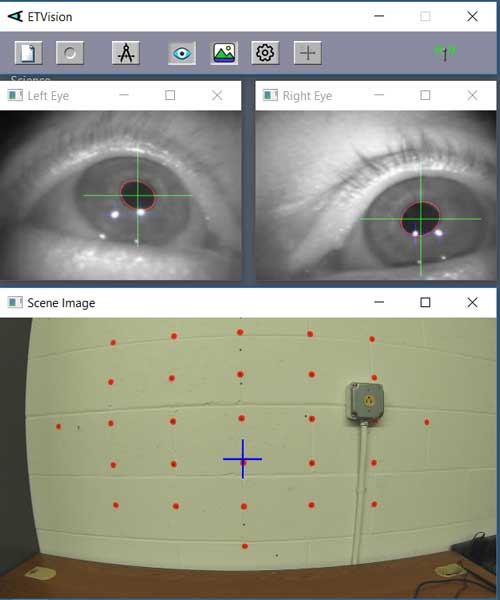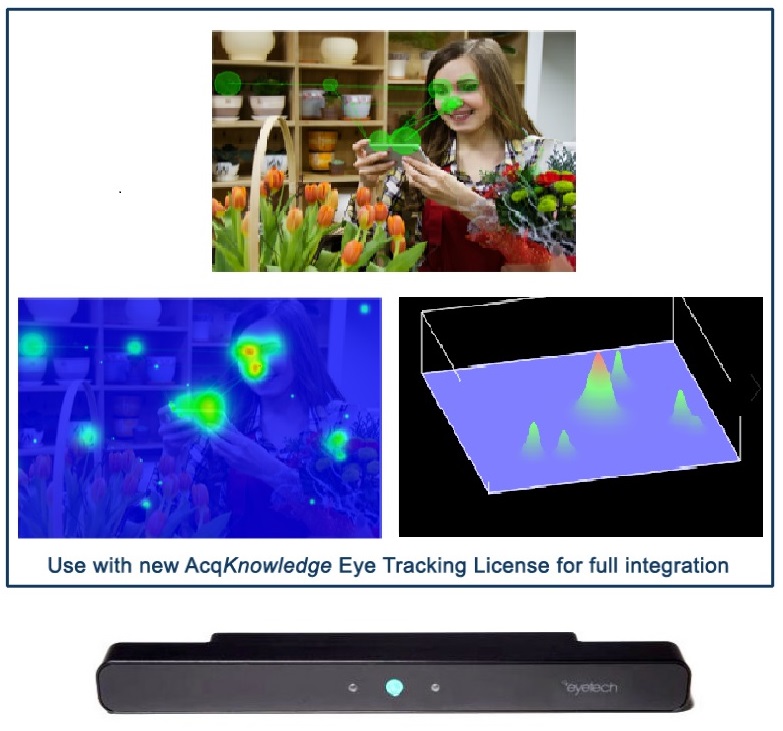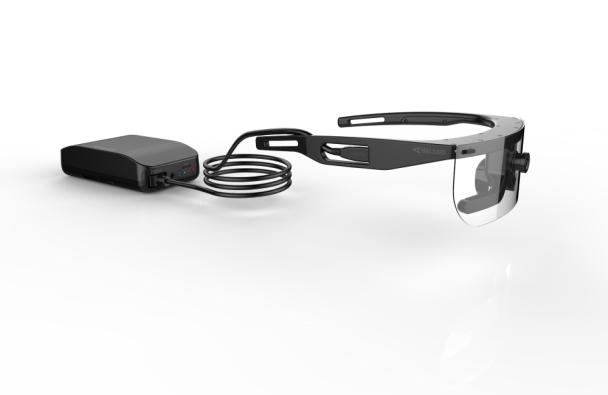Eye Tracking

We offer an array of eye tracking systems that are easily integrated with stimulus presentation, Virtual Reality environments, physiological monitoring, and other media. The systems are ideal for consumer neuroscience, consumer behavior, neuromarketing and neuroeconomics studies conducted by commercial or industrial research teams. System also includes cables and analog outputs required to interface with data acquisition systems or 3rd-party A/D converters.
FEATURES & BENEFIT
 Head Mounted Display (HMD) Systems
Head Mounted Display (HMD) Systems
 Arrington Eye Tracking Scene Cameras
Arrington Eye Tracking Scene Cameras
 Turnkey Systems to add Monocular/Binocular HMD Eye tracking
Turnkey Systems to add Monocular/Binocular HMD Eye tracking

